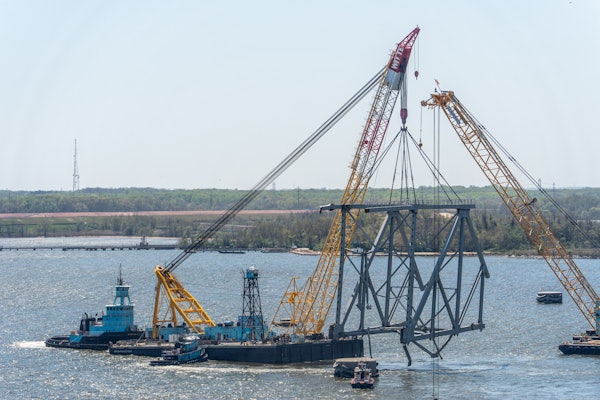
So why is construction activity still lagging behind the housing market’s recovery? We know the direct factors. The skilled labor shortage is keeping contractors and home builders across the country from meeting demand. Meanwhile, rising materials costs are putting contractors off the pace as well.
But Kolko offers up another likely reason for construction activity still lagging. Basically it’s the combined weakness of two driving factors to home construction: there are a high number of existing vacant homes in the U.S., while the national rate of household formation is very low.
Kolko has a great analogy for this. “Think of the vacant housing stock as water in a bathtub. The bathtub fills when new homes are built. The bathtub drains as vacant homes are occupied, which depends on how fast the overall number of households is increasing—’household formation,'” Kolko writes.
“In the U.S. today, the bathtub is fuller than normal (high vacancy) and is draining slowly (slow household growth). If the faucet were on full force (normal construction levels), our bathtub would soon overflow.”
What’s interesting about this is that typically when you have a high vacancy rate it’s because home construction has outpaced household formation and therefore you have excess supply. But as we know, home construction hasn’t outpaced demand. That means that the bathtub was filled a while ago and has just been sitting there because there are fewer new families being formed to fill them due to the recession.
And while a high vacancy rate (or a full bathtub) might look like excess supply, what home buyers are actually seeing on the market is a shortage of inventory. There are plenty of empty homes, but sellers are still waiting for home prices to fully recover.
However, Kolko feels the household formation rate will improve, creating more demand and regulating the flow of new homes to new families. Be sure to read his full post, which contains a couple interesting charts, by clicking here.












